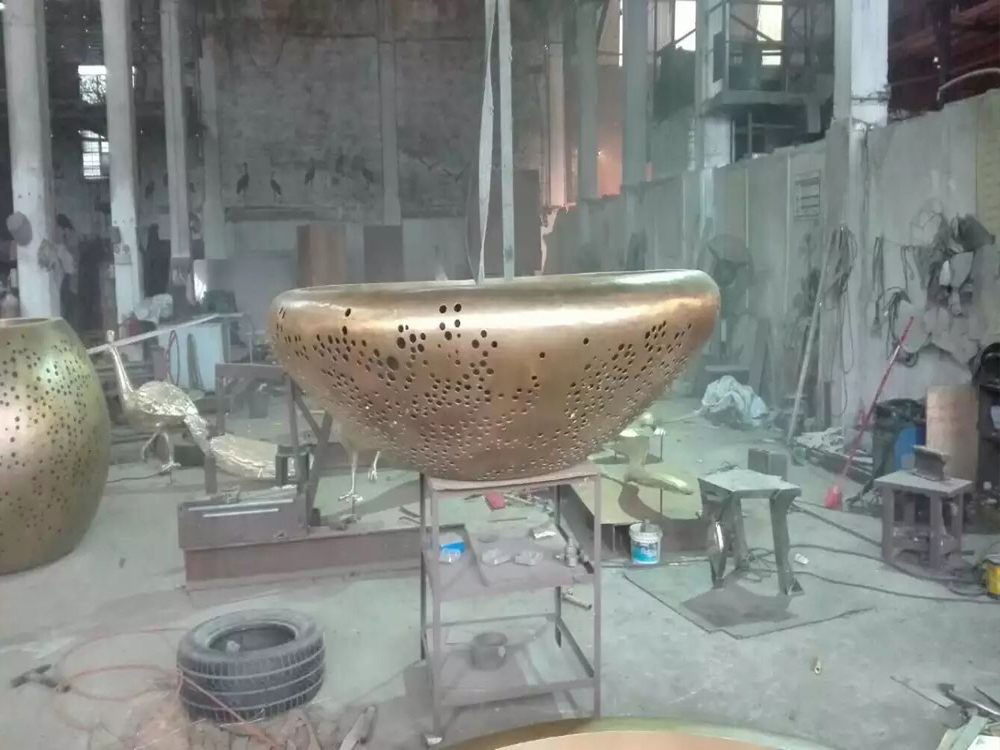
Porous stone, commonly used in historic buildings and sculptures, is highly susceptible to biological degradation caused by algae, fungi, lichens, and bacteria. To effectively preserve these valuable materials, consider these scientifically-backed approaches:
1. Regular Mechanical Cleaning: Gently remove surface growth using soft brushes or low-pressure water streams (under 3 bar) to prevent damage while eliminating organic matter.
2. Biocide Treatments: Apply EPA-approved biocides like quaternary ammonium compounds or isothiazolinones, which inhibit microbial growth without harming the stone substrate.
3. Water-Repellent Coatings: Use breathable siloxane or fluoropolymer-based sealants that reduce water absorption (critical for biological growth) while allowing vapor transmission.
4. Environmental Modifications: Improve drainage around stone structures and maintain relative humidity below 65% to create unfavorable conditions for biological colonization.
5. Preventative Maintenance: Implement quarterly inspections using UV lights to detect early microbial colonization invisible to the naked eye.
Recent studies show that combining bi-monthly soft cleaning with biannual biocide applications reduces biological degradation by 78% compared to untreated stone. Always test treatments on inconspicuous areas first, as porosity variations (10-25% in typical limestone) require customized approaches. For historic artifacts, consult conservation specialists to balance effectiveness with material authenticity preservation.

